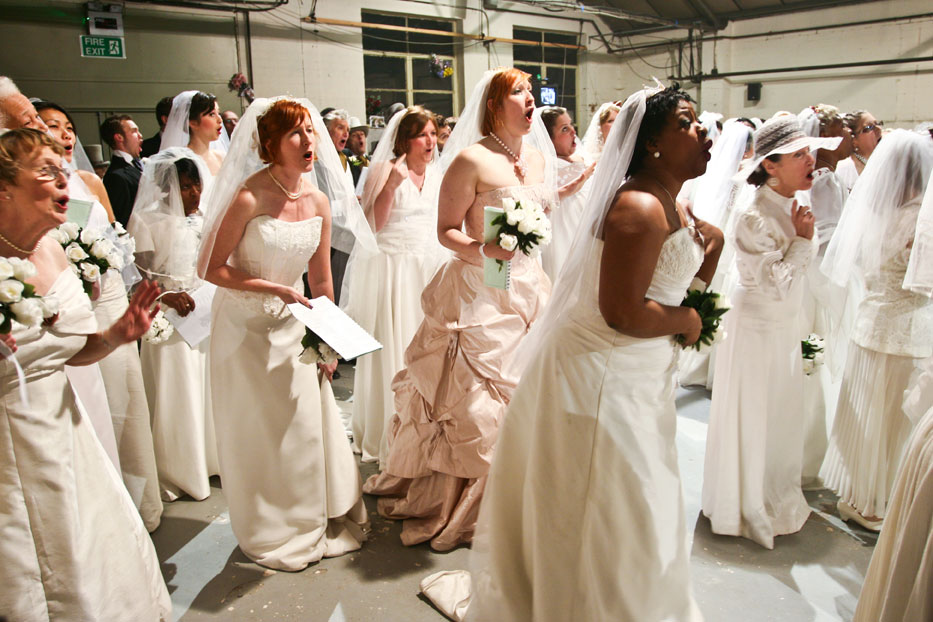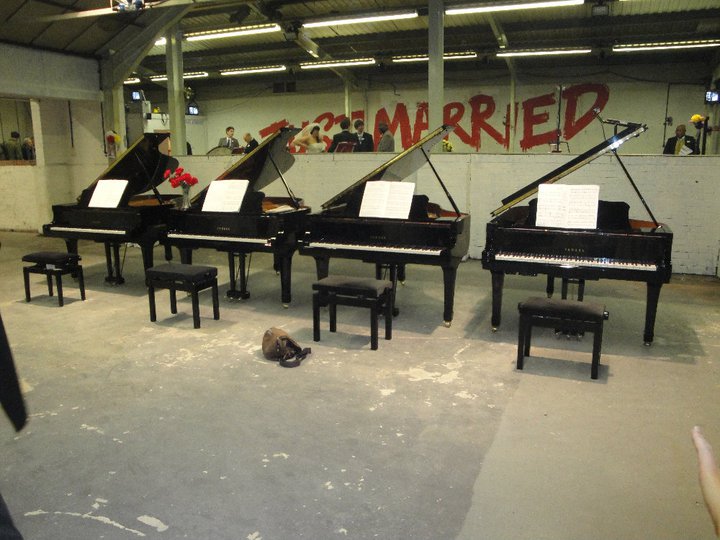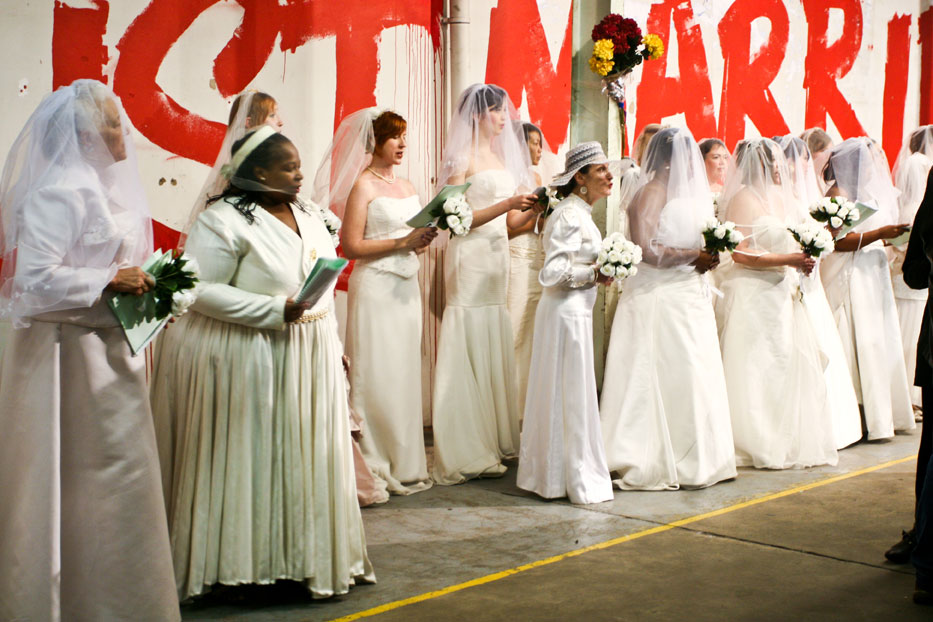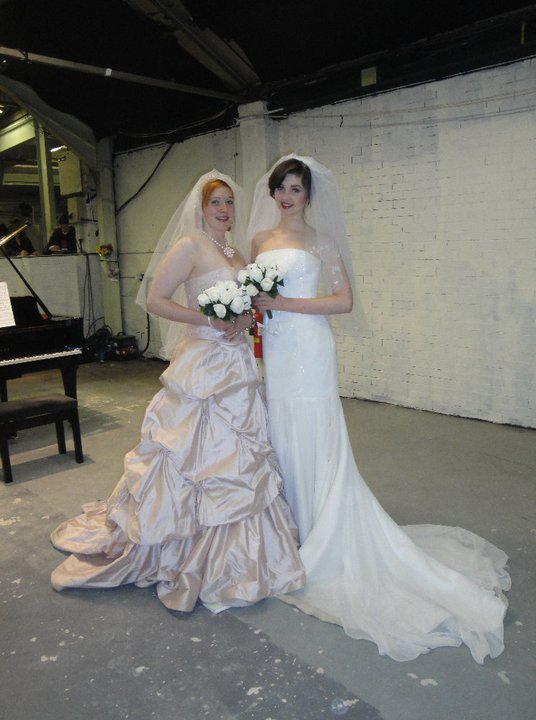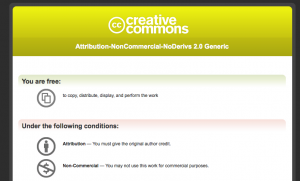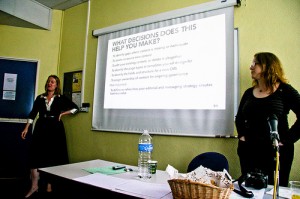
I keep getting drawn into dealing with infographics (didn't they just used to be called graphics?). Which is fine. They are content and, after all, I am a content producer. The problem is that I appear to be seriously rubbish at them. In fact, they can make me feel downright inadequate.
Either I can think up the idea but I'm then left to the mercy of the search engines as to whether I can find relevant statistics to support it. Sadly, it turns out that researching data driven by an idea is a rather hit and miss affair.
Or, being a writer first and foremost, I don't think particularly visually – which makes it impossible to make smart choices or judge the level of difficulty and resource it'll take to deliver my suggestion.
Full. Of. Fail.
I used to think infographics were really the design department's gig but, in reality, the designer is also being asked to step outside their comfort zone and both collect data and then analyse it to check that it will work in practice. They can be great designers but poor data analysts.
Even they may not know the answer. If it is an interactive graphic, then a web developer needs to come on board with their input – at which point the idea may get derailed once more. The result?
Infographics are a time-suck.
And that's before production begins. Even more frustrating is that I can never type the word without writing INFORgraphic – the word is devoid of keyboard muscle memory and since I have to type it a lot (because of all the freakin' collaboration involved) it makes my teeth itch. Or is this just me?
So why am I blogging about something I am so bad at?
Because there is an infographics gold rush on right now and it shows no signs of ending. This is probably because:
(a) we are exploring the possibilties of digital content
(b) because users don't want to read a wodge of text so this needs to be broken up somehow
(c) complex ideas often benefit from simple visuals
(d) they make great linkbait
And we're not just talking simple representative graphics but interactive, multimedia, story-telling, motion graphics that drill down into different elements to tell the story of the data.
Note: the user will probably still need a guided tour of the infographic.
Many pretty visuals are just that. Lovely to look at but unfathomable. Even good ones usually benefit from a caption or summary title. This is where I as a web writer come in again – I provide the contextual link for readers to understand the graphic's key points, a sort of guided tour for those who don't think visually either or haven't got the time to work it out themselves.
The trouble again is that without getting down and dirty with the production work, I'm often left trying to work out the meaningful points of the graphic myself.
I guess the point I am making is that ideally this task needs to be done or overseen by one person rather than a series of different editorial, design and web dev inputs. And that that person needs to have skills in research, data collection and analysis, visual thinking, design and sketching, Java, Flash, Silverlight and other software, contextual writing, sub-editing and SEO. Otherwise the infographic can fall between the skills gap and cause untold content stress for everyone.
Dataviz requires a weird skillset.
Online data visualisation in particular seems to ask for a greater breadth of skills than most writers or designers can give. Which goes some of the way to explaining why there are a lot of weak examples coming through in my feeds.
Designers need to train up in telling the data’s story, or journalists need to train up in visualising their story. For an example of the (scary level of) skills and tasks required, check out this recent job ad for a data journalist at the BBC.
Until then, the unusual mix of skills required by data visualisation is leading to some great opportunities to fill this niche growth area.
Sadly I will probably not be one of those opportunists. I may have an A'level in maths (including statistics), done a graphic design course and come from a background in journalism – really I should be well set up – but my brain gets discombobulated whenever I have to problem-solve with infographics.
On the other hand, how I wish I could do it!
Resources:
For more insights into data visualisation, check out Journalsim in the Age of Data. It's an hour-long presentation but well worth a view, plus there are lots of resources and links available alongside it.
Also check out Randy Krum of Cool Infographics' guide to designing dataviz.
And this list of 'awesome free tools' and resources.
A TED talk on the beauty of data visualisation by David McCandless.
Finally, be inspired by this periodic table of visualisation methods with examples of different types.
Image: Venn diagram of "What is data visualisation" from FFunction.


